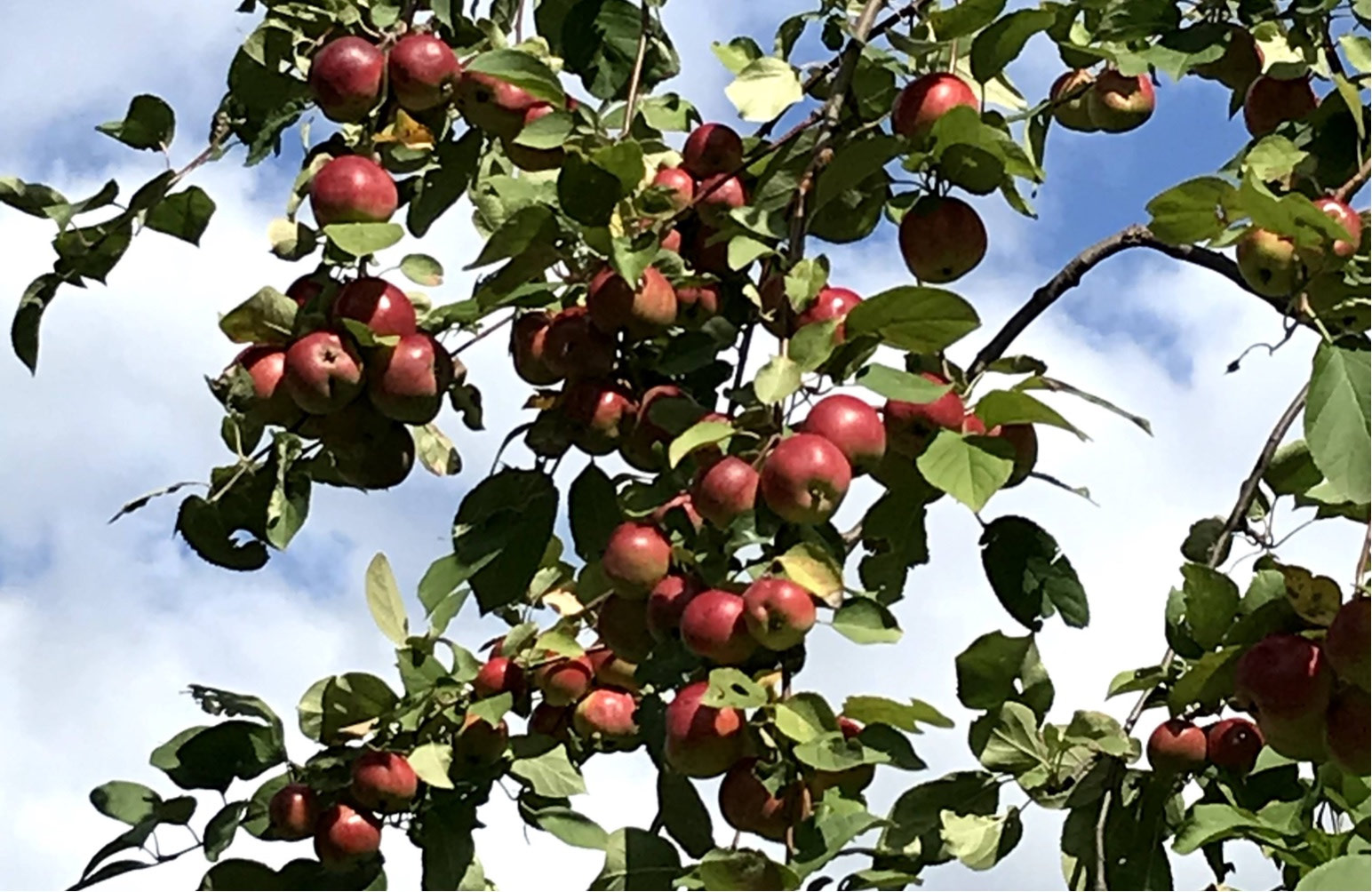Roundup’s glyphosate: What’s that in your food?

Recent news about glyphosate, one of the suspected cancer-causing chemicals contained in Roundup, is of concern. Health Freedom Alliance not only reported about the suspected link between glyphosate and cancer, but also Roundup’s use in agriculture. The organization published results of research indicating that glyphosate resides in 30% of human food. (bit.ly/2pGppnt)
Roundup and glyphosate
Monsanto’s Roundup weed-killer is the most widely-used pesticide in the world. Monsanto, Health Canada, and the agrochemical industry consider it safe.
In her article on the ecojustice blog updated March 29 this year, Dr Elaine MacDonald explains, “As we wrote in a letter sent to Health Canada’s Pest Management Regulatory Agency (PMRA) today, this position contradicts the growing body of scientific evidence that links this toxic substance to serious human health and environmental impacts. The PMRA’s stance is also out of step with provincial governments’ given that both Manitoba’s cosmetic pesticide ban and Ontario’s move to restrict neonicotinoids suggest that the tide of public opinion is turning against excessive, indiscriminate pesticide use.” (bit.ly/2oYxnr4)
Glyphosate is cited by the World Health Organization (in a monograph released on 20 March 2015) as being “probably carcinogenic to humans… The evidence in humans is from studies of exposures, mostly agricultural, in the USA, Canada, and Sweden published since 2001.” (bit.ly/1x9hNIN)
Canada and Glyphosate
“Canada has gone where the FDA fears to tread, testing commonly consumed foods for glyphosate residues from Monsanto’s Roundup weedkiller – and the results are literally sickening.” (bit.ly/2pGppnt)
The Canadian Food Inspection Agency (CFIA) tested 3,188 foods Canadians consumed between 2015-2016. They don’t mince words, calling glyphosate “the carcinogenic key ingredient in Monsanto’s Roundup.”
Not only did the report publish the residue findings, they also published what’s called the Maximum Residue Limits (MRLs), being the allowable legal limits. “Glyphosate was found in 29.7% of samples. Glyphosate residues above MRLs were found in only 1.3% of samples. This data was evaluated by Health Canada and no human health concerns were identified.”
Also according to this report, regulators and agrichemical industry interests both assert that if residue levels of glyphosates are below these established MRLs, consuming them is not harmful to human health.
Another report, “Glyphosate Contaminants In Processed Brand Name Foods” as published at thelibertybeacon.com lists the brands, including Cheerios, Trix, Triscuit, and more.
With Health Canada, Monsanto and agrichemical industry giving the “all-clear” to human health, and with major food companies using the grains and other inputs containing glyphosate, is there a problem?
Let’s consider how Roundup is used
Monsanto has been producing genetically modified seed which is resistant to glyphosate. Therefore, when sprayed on crops as a weed killer, the theory is that glyphosate kills the weeds but not the edible crops.
However, many consumers may be unaware that glyphosate is also being sprayed on some crops just before harvesting, because it dessicates (dries out) the crop, rendering it easier to harvest.
Need we be concerned about this agricultural use?
Human health concerns
I think we need to ask questions. I have concerns regarding contamination and the accumulation of contaminants in soil and groundwater, because our entire food chain is affected. And, wild animals and plants are contaminated, too. Therefore, I am worried about accumulation of glyphosate levels in our bodies. What limits are acceptable? What’s acceptable, considering all the other “modern” inputs in our bodies, when real food became replaced in many people’s diets by convenient processed and “fast” foods? Moreover, Health Freedom Alliance reports that Monsanto and America’s EPA are in collusion about the manipulation and interpretation of scientific research about glyphosates, citing recently revealed confidential e-mails (read Health Freedoms’ already-quoted article at bit.ly/2pGppnt).
As a caution, note that all online sources need to be checked and questioned – just like Health Canada, agrochemical industry and Monsanto. For example, Health Freedom Alliance, which I’ve quoted here, has positions about vaccines that I disagree with.
All of this makes me realize I cannot wait to once again plant my seeds and grow my own vegetables, right here at home in my organic garden. Don’t have access to a garden? Buy organic whenever you can.
Katharine Fletcher is a freelance writer, columnist, author and visual artist. Contacther at fletcher.katharine@gmail.com
Photo: Alana Repstock
continue reading






